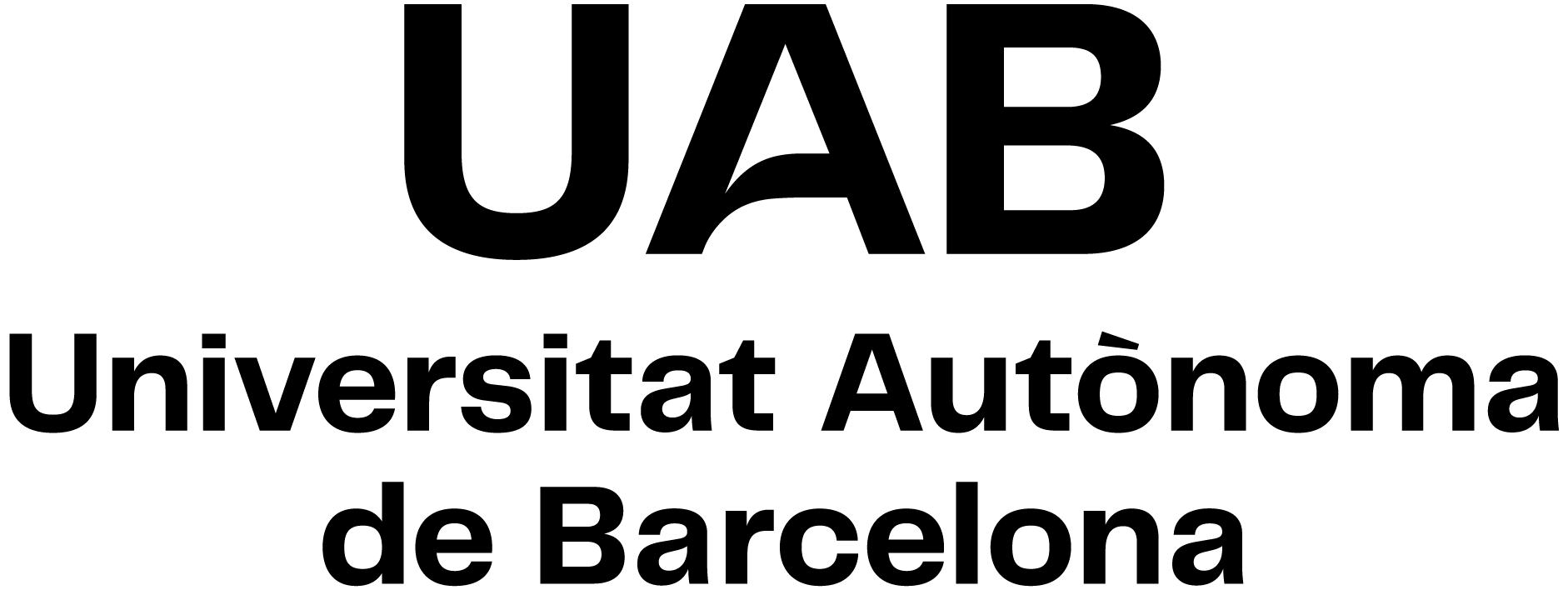
Dimensions of the European Union Foreign Action
Code: 45622 ECTS Credits: 10| Degree | Type | Year |
|---|---|---|
| International Relations, Security and Development | OP | 1 |
Contact
- Name:
- Marta Isern Busquets
- Email:
- marta.isern@uab.cat
Teaching groups languages
You can view this information at the end of this document.
Prerequisites
There are no prerequisites to take this module. In case of requiring any complement from the teaching team, the necessary bibliography will be provided.
Objectives and Contextualisation
- To know the capacities and instruments of the EU to act in the international arena.
- To examine from a practical perspective the potentialities and limits of the institutional architecture in the external sphere in specific cases.
- To analyze the main dimensions of the EU's external action, both in its traditional dimension (trade policy and development cooperation) and its strategic dimension in geographical areas (Russia, USA, Latin America, Maghreb, etc.) and material areas (energy and environment, human rights, immigration).
Learning Outcomes
- CA31 (Competence) To generate innovative and competitive proposals on matters of the EU's external action, modifying the methods and processes as required to meet the needs and demands of society.
- CA32 (Competence) To assess the social, economic and environmental impact of the EU's external action on specific regions or sectors.
- KA28 (Knowledge) To describe the specific actions and mechanisms used by the European institutions in charge of external action to define the positions of the EU in the framework of other international organisations or international multilateral meetings.
- KA29 (Knowledge) To identify priorities and key policies within the EU and among its partners in matters of trade, development and energy policy.
- SA31 (Skill) To transmit information clearly and coherently through solid arguments based on literature and the knowledge acquired on matters of the EU's external action.
- SA34 (Skill) To analyse the deployment of external action in various thematic and geographical areas.
- SA35 (Skill) To diagnose the strengths and weaknesses of external action in a particular thematic area, identifying multidimensional factors that influence design and implementation.
Content
Session 1: Presentation and methodology module: Dra. Esther Zapater (16-18h: ) 2h.
Inaugural lecture: speaker to be confirmed (18-20h). 2h
Session: Neighborhood Policy. Eastern Dimension and EU-Russia relations. Dr. Francesc Serra (16-20h.) 4h.
Session 3: Neighborhood Policy. Eastern Dimension and EU-Russia relations. Dr. Francesc Serra (16-19h.) 3 h.
Session 4: Neighborhood Policy. Eastern Dimension and EU-Russia relations. Dr. Francesc Serra (16-19h.) 3 h.
Session 5: Development cooperation policy and Latin America: Dr. Ana Ayuso (16-20h.). 4 h.
Session 6: Development cooperation policy and Latin America: Dr. Ana Ayuso (16-19h.). 3h.
Session 7: Development cooperation policy and Latin America: Dr. Ana Ayuso (4-7 p.m.). 3h
Session 8: EU trade policy: (16-19h.) 3h.
Session 9: EU trade policy: Dr. (16-19h.) 3h.
Session 10: EU Trade Policy: (16-18h) 2h.
Session 11: EU immigration policy: Dra. Esther Zapater (16-19h.) 3h.
Session 12: EU environmental policy: Dr. Oriol Costa (16-18h.) 3h.
Session 13: EU environmental policy: Dr. Oriol Costa (18-20h) 2h.
Session 14: EU Human Rights and External Action: Dra. Susana Beltrán (16-18h) 2h.
Session 15: EU Human Rights and External Action: Dra. Susana Beltrán (16-19h) 3h.
External lectures: 5h. (1 ECTS)
Activities and Methodology
| Title | Hours | ECTS | Learning Outcomes |
|---|---|---|---|
| Type: Directed | |||
| Practical classes | 30 | 1.2 | |
| Theoretical classes | 20 | 0.8 | |
| Type: Supervised | |||
| Simulations | 186 | 7.44 |
The sessions will combine a lecture-type presentation with active participation by the students. For this purpose, the documents that must be previously prepared for each session will be indicated and practical cases must be carried out, which will be delivered and discussed in class. It is mandatory to hand them in personally.
Annotation: Within the schedule set by the centre or degree programme, 15 minutes of one class will be reserved for students to evaluate their lecturers and their courses or modules through questionnaires.
Assessment
Continous Assessment Activities
| Title | Weighting | Hours | ECTS | Learning Outcomes |
|---|---|---|---|---|
| Commentary on Immigration and Human Rights | 20 | 3 | 0.12 | CA31, CA32, KA28, KA29, SA31, SA34, SA35 |
| Environmental policy analysis | 20 | 3 | 0.12 | CA31, CA32, KA28, KA29, SA31, SA34, SA35 |
| Informe sobre política de cooperación al desarrollo y América Latina | 20 | 3 | 0.12 | CA31, CA32, KA28, KA29, SA31, SA34, SA35 |
| Neighborhood and Rusia Policy. | 20 | 3 | 0.12 | CA31, CA32, KA28, SA31, SA34, SA35 |
| Neighborhood Policy. | 20 | 2 | 0.08 | CA31, CA32, KA28, KA29, SA31, SA34, SA35 |
The final grade will be obtained from the arithmetic average of each of the indicated activities. In case of not passing the module, the coordinator will indicate the exercises to be reevaluated.
Bibliography
Bibliografia básica
Hill, C.; Smith, M., International Relations and the EU, 2nd ed. 2011, Ed. Oxford
Cardwell, J.P., EU external Relations Law and Policy in the Post-Lisbon Era, T.M.C. Asser Press, Springer, 2012.
Koutrakos, P., (Ed), The European Union’s external relations: a year after Lisbon Treaty, CLEER Working Papers, 2011/3.
FRASER, Cameron: An Introduction to European Foreign Policy, 2nd. ed., Routledge, New York, 2012.
Cremona, M., Developments in EU external Relations Law, Oxford Scholarship Online, 2009.
Specific readings and documents will be indicated for each of the sessions.
Internet Resources
http://ec.europa.eu/world/index_es.htm
http://www.bertelsmann-stiftung.de
http://www.notre-europe.asso.fr
Groups and Languages
Please note that this information is provisional until 30 November 2025. You can check it through this link. To consult the language you will need to enter the CODE of the subject.